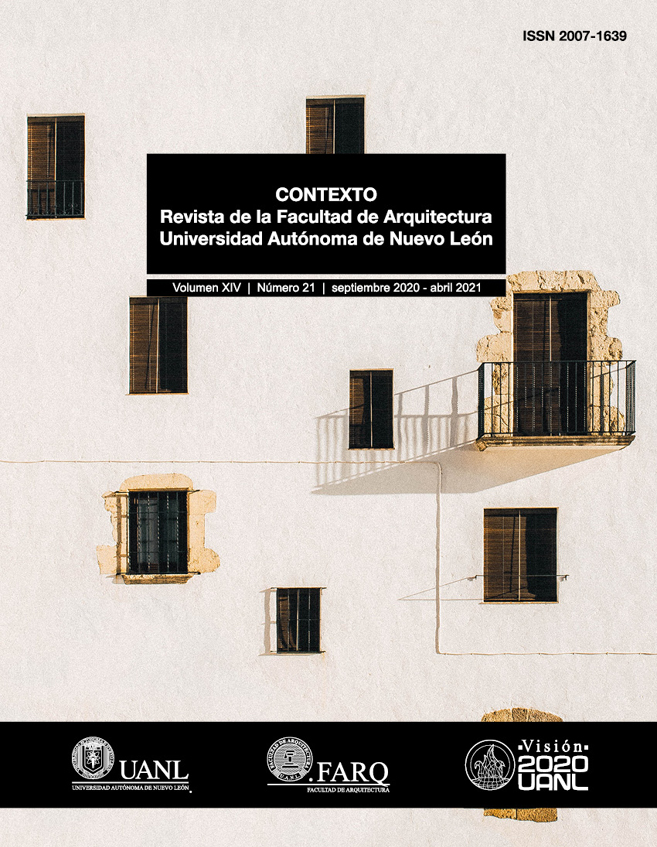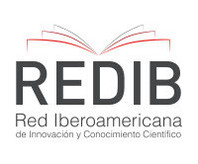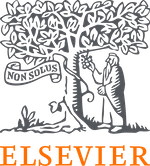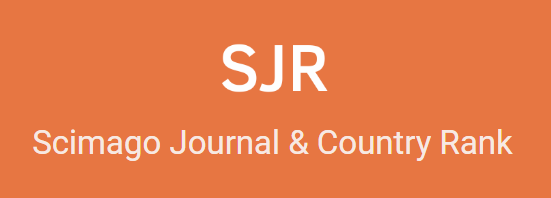Crear: especular y subvertir
DOI:
https://doi.org/10.29105/contexto14.21-3Keywords:
Creatividad, cognición, procesos de diseño.Abstract
¿Dónde está su lugar de creación? Este artículo establece que, para hacer propuestas innovadoras en el proyecto arquitectónico, los diseñadores deben romper las leyes de lo que saben, ver más allá de lo que se da y subvertir el statu quo.
La propuesta se sitúa en el cruce entre el ejercicio proyectual y los procesos cognitivos detrás de la creatividad, invitando a proyectar desde la ruptura que supone pensar universos aparentemente inconexos.
Para respaldar esa propuesta, proporcionamos una definición de creatividad a la luz de la Teoría de Sistema de Csikszentmihalyi desde la que se explican los procesos creativos en las disciplinas proyectuales y luego brindamos una definición del tipo de problemas que enfrentan los diseñadores.
A partir de ahí, describimos el comportamiento social de la arquitectura según Bourdieu y finalmente proponemos el pensamiento divergente y el metafórico como las herramientas cognitivas que permitirán propuestas innovadoras.
Downloads
References
Akin, O., & Akin, C. (1996). “Frames of reference in architectural design: analyzing the hyper-acclamation (aha!)”. Design Studies, Vol.17, núm. 4, pp. 341-361. DOI: https://doi.org/10.1016/S0142-694X(96)00024-5
Bourdieu, P. (1990). Sociología y cultura. México, Grijalbo.
Carret, P. (2006). The art of speculation. New York, Cosimo.
Casakin, H. P. (2007). “Metaphors in Design Problem Solving: Implications for Creativity”. International Journal of Design, Vol. 1, núm. 2, 21-33. DOI: https://doi.org/10.1108/OHI-01-2008-B0005
Csikszentmihalyi, M. (2006). “A Systems Perspective on Creativity”. En Henry, J. Creative management and development. London, Sage Publishing, pp. 3-17. DOI: https://doi.org/10.4135/9781446213704.n1
Csikszentmihalyi, M. (2014a). “Creativity and Genius”. En Csikszentmihalyi, M. The Systems Model of Creativity: The Collected Works of Mihaly Csikszentmihalyi London, Sage Publishing, pp. 99-125. DOI: https://doi.org/10.1007/978-94-017-9085-7_8
Csikszentmihalyi, M. (2014b). The Systems Model of Creativity and Its Applications. En Simonton, D. The Wiley Handbook of Genius Noboken, Wiley-Blackwell, pp. 533-545. DOI: https://doi.org/10.1002/9781118367377.ch25
Dunne, A., & Raby, F. (2013). Speculative Everything: design, fiction, and social dreaming. Cambridge, MIT Press.
Ferrándiz, C., Ferrando, M., Soto, G., Sáinz, M., y Prieto, M.-D. (2017). “Pensamiento divergente y sus dimensiones: ¿De qué hablamos y qué evaluamos?”, Anales de psicología, Vol. 33, núm.1, pp. 40-47. DOI: https://doi.org/10.6018/analesps.32.3.224371
Gaubinger, K., Rabl, M., Swan, S., y Werani, T. (2015). “Creativity Techniques”. En Innovation and Product Management. New York, Springer, pp. 115-131. DOI: https://doi.org/10.1007/978-3-642-54376-0_6
Guitiérrez, A. (2012). Las prácticas sociales. Villa María, Eduvim.
Hassan, D. (2016). “Divergent thinking techniques discrepancy and functional creativity: Comparative study of structural and procedural techniques in architectural design”. Ain Shams Engineering Journal, pp. 1-15.
doi:http://doi.org/10.1016/j.asej.2016.10.002 DOI: https://doi.org/10.1016/j.asej.2016.10.002
Hey, J., Linsey, J., Agogino, A., y Wood, K. (2008). “Analogies and metaphors in creative design”. International Journal of Engineering Education, Vol. 24, núm. 2, pp. 283-294.
Heynen, H. (2012). “Genius, gender and architecture”.
Architectural Theory Review, Vol. 17, núm. 2-3, pp. 331-345.
Hilgers, M., y Mangez, E. (2015). “Introduction to Pierre Bourdieu’s theory of social fields”. En Hilgers, M. y Mangez, E., Bourdieu’s Theory of Social Fields. New York, Routledge, pp.1-36 DOI: https://doi.org/10.4324/9781315772493
Lahoud, A., & Spurr, S. (2013). “Architecture of the aftermath”. En Trezise, B. y Wake, C. Visions and Revisions: Performance, Memory, Trauma. Copenhagen: Museum Tusculanum Press, pp. 199-213.
Lynch, C., Ashley, K., Aleven, V., & Pinkwart, N. (2006). “Defining Ill-Defined Domains”. Proceedings of the Workshop on Intelligent Tutoring Systems for Ill-Defined Domains at the 8th International Conference on Intelligent Tutoring Systems. Jhongli: National Central University, pp. 1-10.
Ma, H. H. (2009). “The Effect Size of Variables Associated with Creativity”. Creativity Research Journal, Vol. 21, núm. 1, pp. 30-42. DOI: 10.1080/10400410802633400 DOI: https://doi.org/10.1080/10400410802633400
Mateo-Cecilia, C., Finichiu, A., y Braschi, C. (2018). “Nómadas frente a parásitos: prácticas subversivas en la ciudad contemporánea”. Arte, Individuo y Sociedad, 9-27. DOI: https://doi.org/10.5209/ARIS.53080
Mosley, J., & Sara, R. (2013). “Architecture and transgression: an interview with Bernard Tschumi”. Architectural Design, Vol. 30, núm. 1, pp. 32-37. DOI: https://doi.org/10.1002/ad.1671
Negri, A. (2004). Subversive Spinoza. New York, Manchester University Press.
Reiter-Palmon, R. (2017). “The Role of Problem Construction in Creative Production”. Journal of Creative Behavior, Vol. 51, núm. 4, pp. 323-326.
http://doi.org/10.1002/jocb.202 DOI: https://doi.org/10.1002/jocb.202
Rice, L., & Littlefield, D. (2015). Transgression: Towards an expanded field of architecture. New York, Routledge. DOI: https://doi.org/10.4324/9781315744919
Runco, M. (2007). Creativity. Theories and themes: Research, development and practice. Oxford, Elsevier.
Sánchez-Ruíz, M. J., Romo S., M., & Jiménez J., J. (2013). “The role of metaphorical thinking in the creativity of scientific discourse”. DOI: https://doi.org/10.1080/10400419.2013.843316
Creativity Research Journal, Vol. 25, núm. 4, pp. 361-368.
Scott, T. E. (1999). “Knowledge”. En Runco, M. y Pritzker, S. Encyclopedia of creativity. Volume 2, San Diego, Academic Press, pp. 119-129.
Taura, T., y Nagai, Y. (2010). “Discussion on Direction of Design Creativity Research (Part 1)”. En Taura, T. y Nagai, Y. Design Creativity 2010, London, Springer, pp. 3-8. DOI: https://doi.org/10.1007/978-0-85729-224-7_1
Terricabras, J. (2004). Diccionario de Filosofía. Tomo II. Barcelona: Hurope.
Teymur, N. (2011). “Aprender de la educación en arquitectura”. Dearq, pp. 8-17. DOI: https://doi.org/10.18389/dearq9.2011.03
Downloads
Published
How to Cite
Issue
Section
License
Copyright (c) 2020 CONTEXTO. Revista de la Facultad de Arquitectura de la Universidad Autónoma de Nuevo León

This work is licensed under a Creative Commons Attribution-NonCommercial 4.0 International License.
The authors who publish in this journal accept the following conditions:
1. The authors keep the copyright and give the journal the right of the first publication, with their content registered under the Creative Commons License, which lets third parties to use the published material as long as they mention the authors and the first publication from the journal.
2. The authors can make other independent and additional contractual agreements for the non-exclusive distribution of the version of the article published in the journal (for example an institutional repository or a book) provided that they explicitly mention that the content was first published in CONTEXTO. Revista de la Facultad de Arquitectura de la Universidad Autónoma de Nuevo León..














.png)





